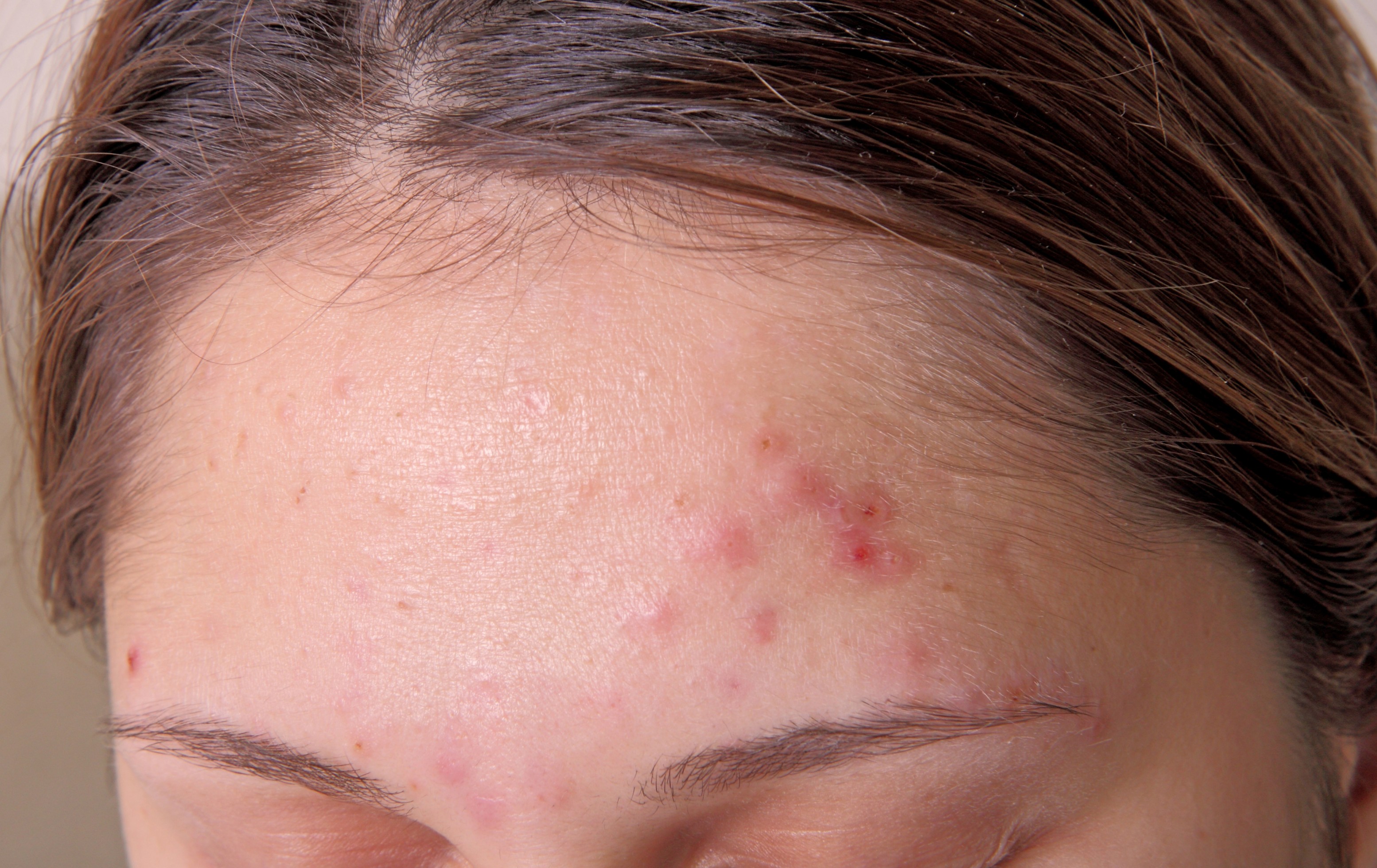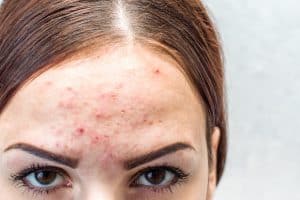In times when physical appearances and the way we present ourselves is scrutinized to the smallest of details, it has become common for people to worry not just about their attire, but their skin too. Your skin can speak volumes about how you treat yourself, it being the largest and one of the most visible organs in the human anatomy.
Blackheads and Whiteheads
Your skin can hold on to the smallest of particles which settle on it, and this can have the most adverse effects which are usually visible. Blackheads and whiteheads are prime examples of this.
These two forms of acne or acne vulgaris are classified under the non-inflammatory types of acne. But this should not make you feel any safer, because while inflammatory acne can scar more, these forms of acne can be highly visible and at times, even painful if not addressed on time.
Acne vulgaris, the most common form of acne, is something we come across every day on multitudes of people. We discuss its woes with our colleagues in the office and constantly ping for help in our friends’ group. And word of mouth usually tends to do the trick.
Acne is usually identified by pimples that show up on the face, back and chest(1). A pimple is a skin abnormality that occurs when oil-producing glands called sebaceous glands in the skin get clogged up, leading to an infection(2).
This form of acne is far less serious and wounding for the person. They mostly include the normal blackheads and whiteheads we come across on our skin, mainly around the nose and forehead region. If you experience these, then there is a reason for relief, because it is usually easily treatable with normal pharmaceutical medicine such as over-the-counter products for acne.
Also read: Comedones: What are they?
Blackheads
These are also known as open comedones and are formed when a pore gets clogged, mostly with dead skin cells and dirt that accumulates on the skin. It is termed as open because the top of the pore, which is exposed, remains open despite the clogging. This sometimes leads to its pigmentation, resulting in the characteristic blackened color of blackheads.
Whiteheads
These are closed comedones, which are blanketed by a thin layer of skin. Underneath the skin, sebum and dead skin cells collect together to form a plug-like lump, which keeps the impurities from leaving the pores. These aren’t as definite as blackheads and have a shorter lifespan.
Both types of acne have a common story to tell about how you are treating your skin. One look by a dermatologist will let them know how clean you maintain your skin and how much attention you pay to it. This is because comedones are usually formed when sebum is allowed to settle on the skin and isn’t removed frequently. When this combines with dirt and debris on the skin, it begins to form clogs within the pores.
Even for the people with the most diligent of skin care routines, it is natural for dirt to accumulate on the skin which leads to such issues. This is why most dermatologists suggest regular visits to skin care specialists for continual removal of blackheads and regular cleansing for healthier and clearer skin.


